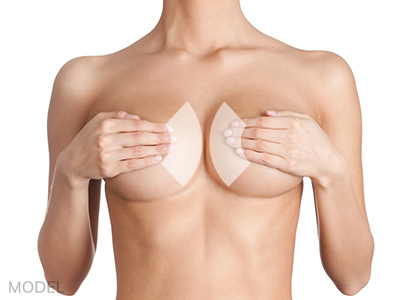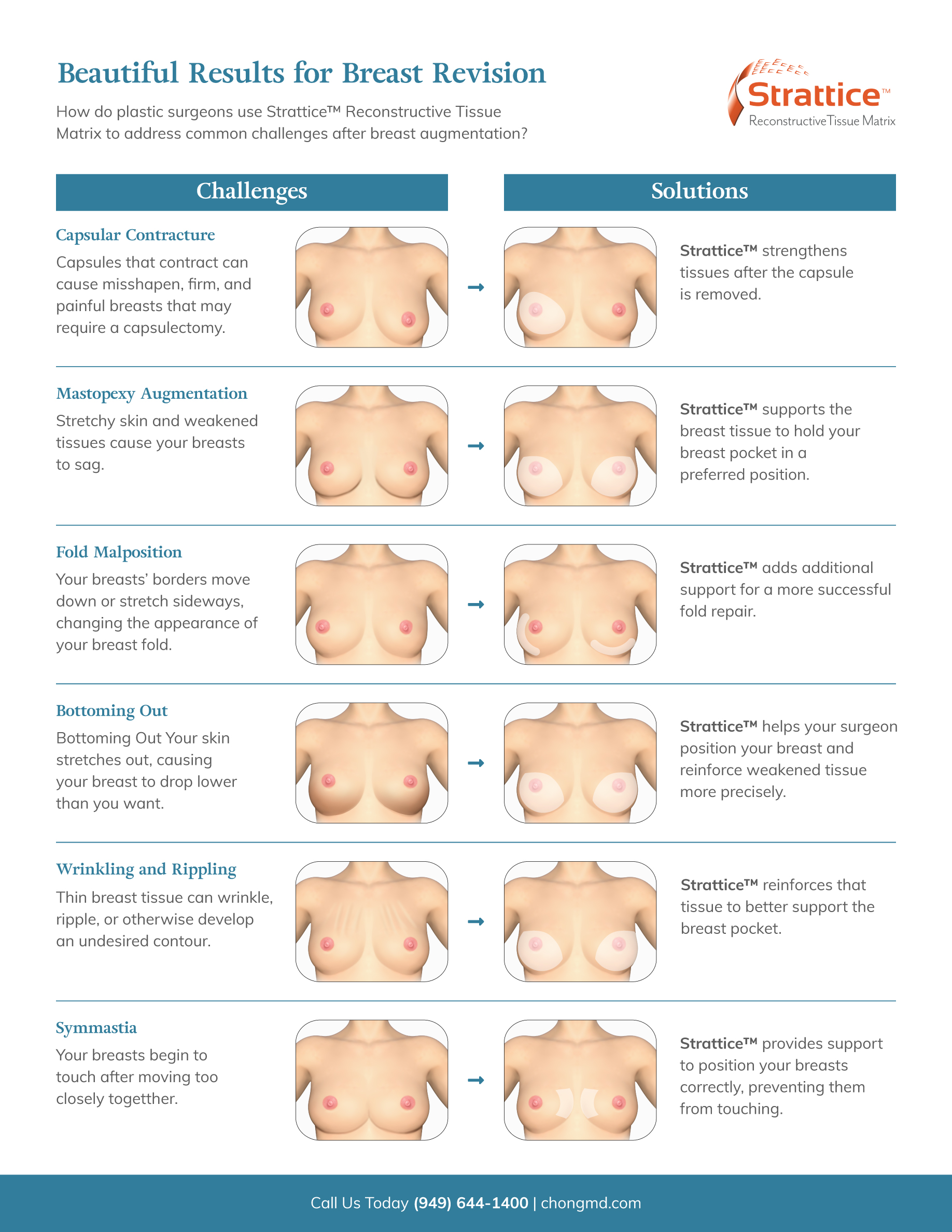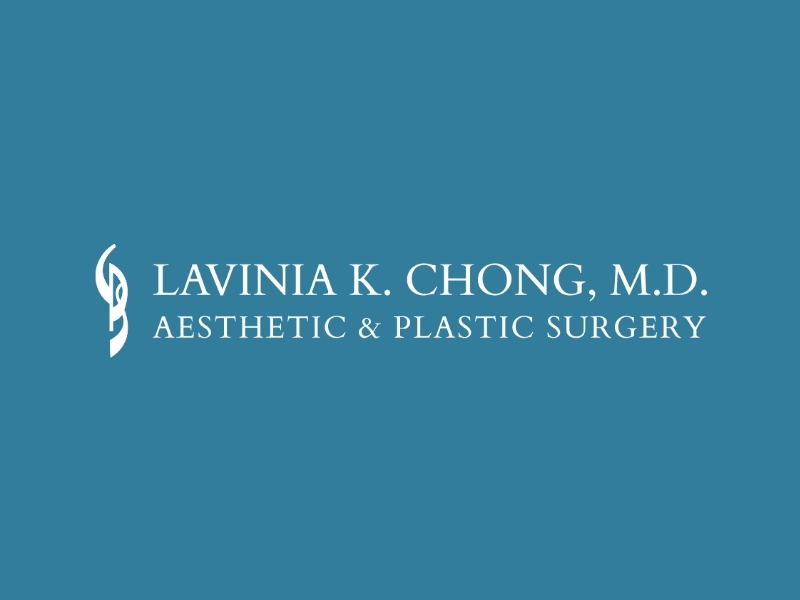
The form of the female breast is composed of a skin brassiere, subcutaneous fat and a variable mixture of fibroglandular tissue. Regrettably factors which alter the “carrying capacity” and composition of the breast, (age, pregnancy, skin damage, weight gain/loss, genetics) can challenge both the form and function of the breast. The bony configuration of the chest wall (sternum, rib cage and any anatomical variants) can also contribute to a breast shape & position, which is neither well centered nor conforms to a woman’s aesthetic ideal. Mostly, it’s about proportion: overly large, out of bound breasts spill over the rib cage, shortening the waist and producing an impression of “heftiness”.
Breast Lift Solutions
So what “solutions” are currently proposed:
- Breast lift = relocating nipple-areolar complex on its blood supply to a higher position while surgically removing excess skin and occasionally breast tissue;
- Breast lift + small implant to provide upper pole fullness (i.e. area between collar bone & nipple);
- Internal bra = providing internal “hammock” support for implant by suturing a biological mesh to the lateral or free edge of the pectoralis major muscle, the anterior axillary line and the desired inframammary fold, with absorbable sutures, thereby recreating the normal anatomical borders of the breast. The procedure is usually performed in tandem with a breast lift to ensure a “hand in glove” fit.
The biological meshes vary by manufacturer and tissue origin, human, porcine, silk.
Synthetic meshes (Vicryl, Marlex, Tigr) aren’t commonly used. Some of the reasons why they are not used are 1. failure to incorporate with the breast tissue, thereby resulting in a foreign body reaction; 2. possibility of extrusion; 3. potential for interference with mammography.



